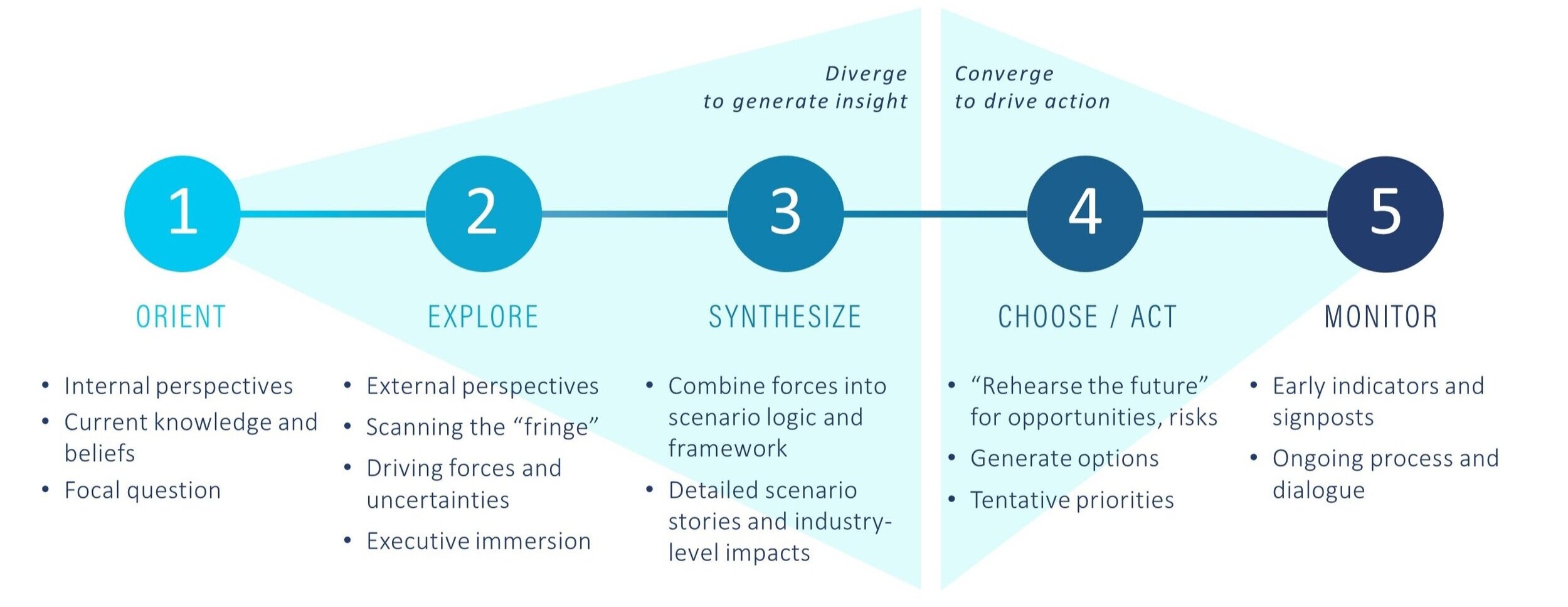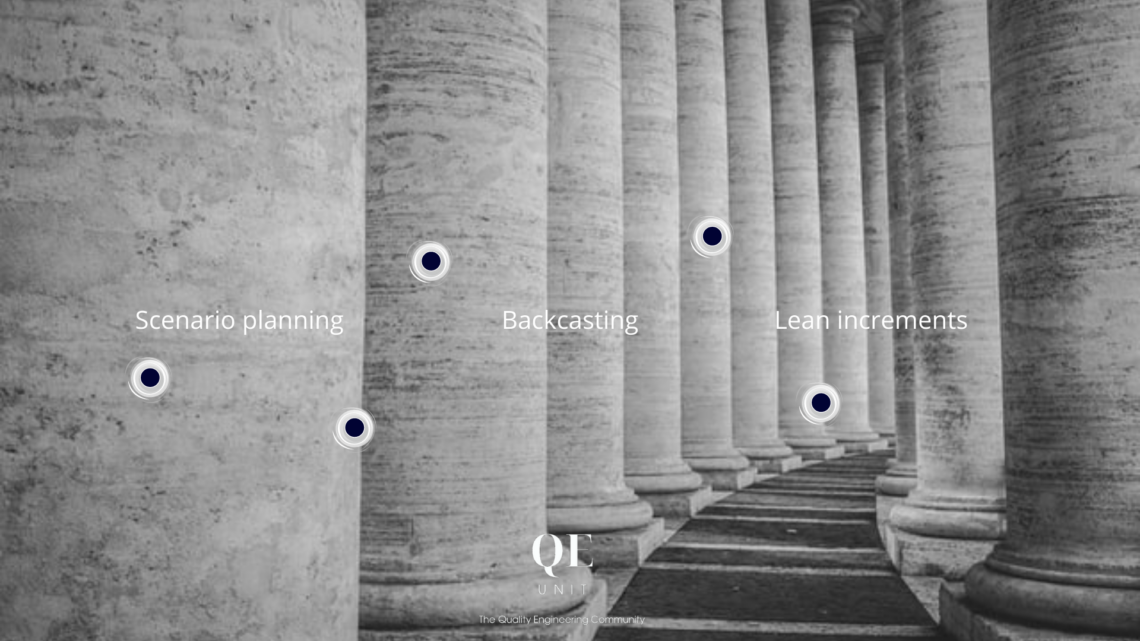The best chess players are several moves ahead.
Their strength is not to have anticipated a specific scenario out of the 10120 possible ones. They acted with flexibility depending on the scenarios and their probability.
Our organizations need this same level of performance in a dynamic ecosystem where adaptability is necessary for survival.
Setting priorities in a software context is hard with limited resources and little visibility.
This article shares three methodologies you can use for decision making to reach and sustain Quality at Speed.
These methods are part of the Methods pillar of the Quality Engineering framework, MAMOS: Methods, Architecture, Management, Organization, Skills.
Follow the QE Unit for more exclusive Quality Engineering content.
The need to understand, identify, and anticipate scenarios
Acting in an uncertain ecosystem requires more than courage. You have to deliver value with maximum flexibility and minimum risks.
Using your instinct or picking the first scenario is far too risky for decisions involving commitment, risk and uncertainty.
In such a fog, one can quickly remain paralyzed.
While hesitating between several options, time passes and inaction sets in. This is a problem in an accelerated world requiring continuous reinvention.
The combination of Quality Engineering practices makes it possible to take action; in our case, the methods of scenario planning, backcasting and lean increments.
The scenario planning poses the range of possibilities
The army popularized scenario planning to plan for the long term in an increasingly unpredictable and competitive environment (a.k.a. VUCA).
Its application is still relevant today to identify possible future realities based on the forces, uncertainties and movements of the actors.

Scenario planning requires the systematic application of these five steps:
- Compilation of the internal perspective
- Mapping of strengths and uncertainties
- Development of probable scenarios
- Analysis of implications, risks, priorities
- Implementation and monitoring of performance.
Once realized, you have a better vision of the possible scenarios to select the way forward for a few months to years.
The current difference is that the ecosystem changes much faster, so you have to be more resilient to much more possibilities.
The backcasting identifies the paths and points of support
Like in Back to the Future, backcasting details the key stages leading to the different scenarios identified via scenario planning.
The added value of this method is to map the possible trajectories and fallback plans that will allow reaching a specific objective.
Backcasting requires performing the following steps:
- Confirm the scenarios of scenario planning
- Identify major transitions and pivotal moment
- Linking possible paths to transition scenarios.
This exercise will give you an overview with the following advantages:
- A clarification of the steps to reach your objective
- A vision of the first steps and alternative paths
- A division of the perimeters and associated risks by transition
Thanks to this work, you can then iterate with more flexibility.
Lean increments supporting continuous adaptation
Now clear on possible scenarios and ways to get there, delivering software increments in rapid cycles will support real iterations.
Short feedback loops are necessary to adapt to the reality as quickly as possible; this capacity will make the difference for the value creation of the actors.
Complementary Quality Engineering practices will fluidify these chains of iterations such as Design Thinking, Lean Startup, DevOps.
Engaging teams on regular value delivery will reinforce the need for collaboration, waste elimination, and continuous improvement.
It is finally about delivering Quality at Speed.
The combination of methodologies for Quality at Speed
Scenario planning, backcasting and lean increments are at the heart of organizations able to iterate on their value proposition, even with uncertainty.
The composition of these methodologies makes it possible to move forward flexibly towards a scenario while limiting commitments and risks.
“Being with the end in mind.”
Stephen R Covey, Habit #2 in The 7 Habits of Highly Effective People.
These three practices will help drive your increments but are insufficient to achieve continuous value delivery.
The framework of Quality Engineering aims to provide the repository practices necessary to achieve and maintain Quality at Speed.
The composition of these practices supported by the animation of your Quality Engineering ecosystem is your competitive advantage of today and tomorrow.
Follow the QE Unit for more exclusive content from Quality Engineering.
References
¹ Andy Hines, Johann Schutte, Maria Romero, Transition Scenarios via Backcasting. Journal of Futures Studies, September 2019, 24(1).
